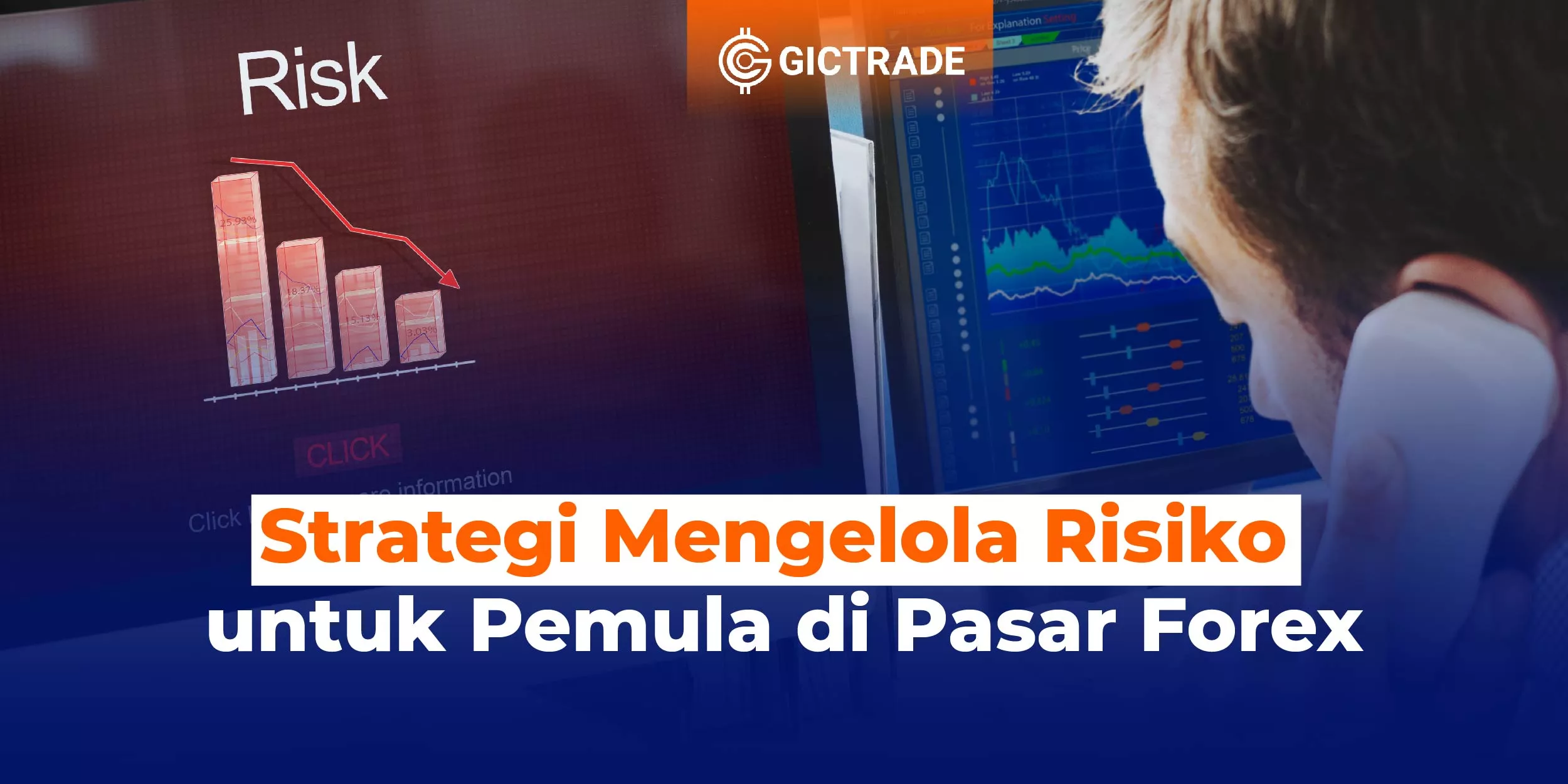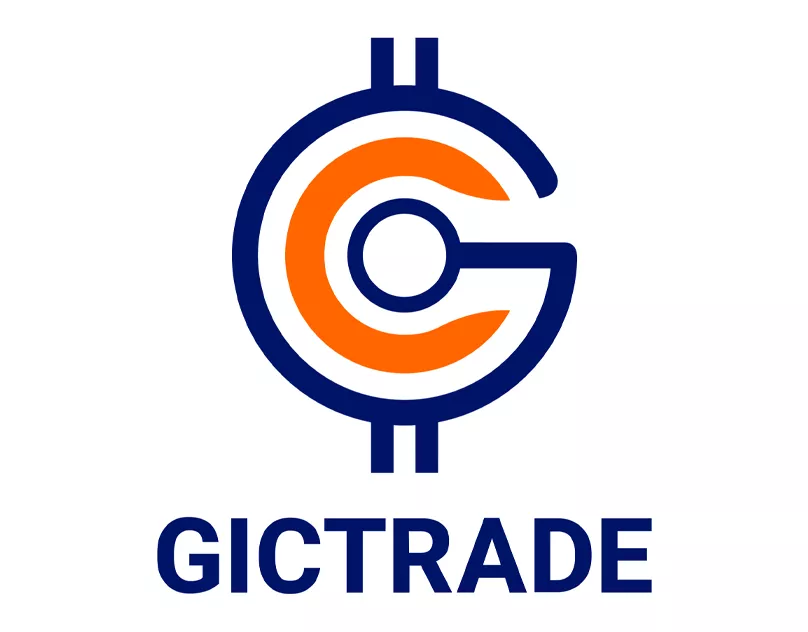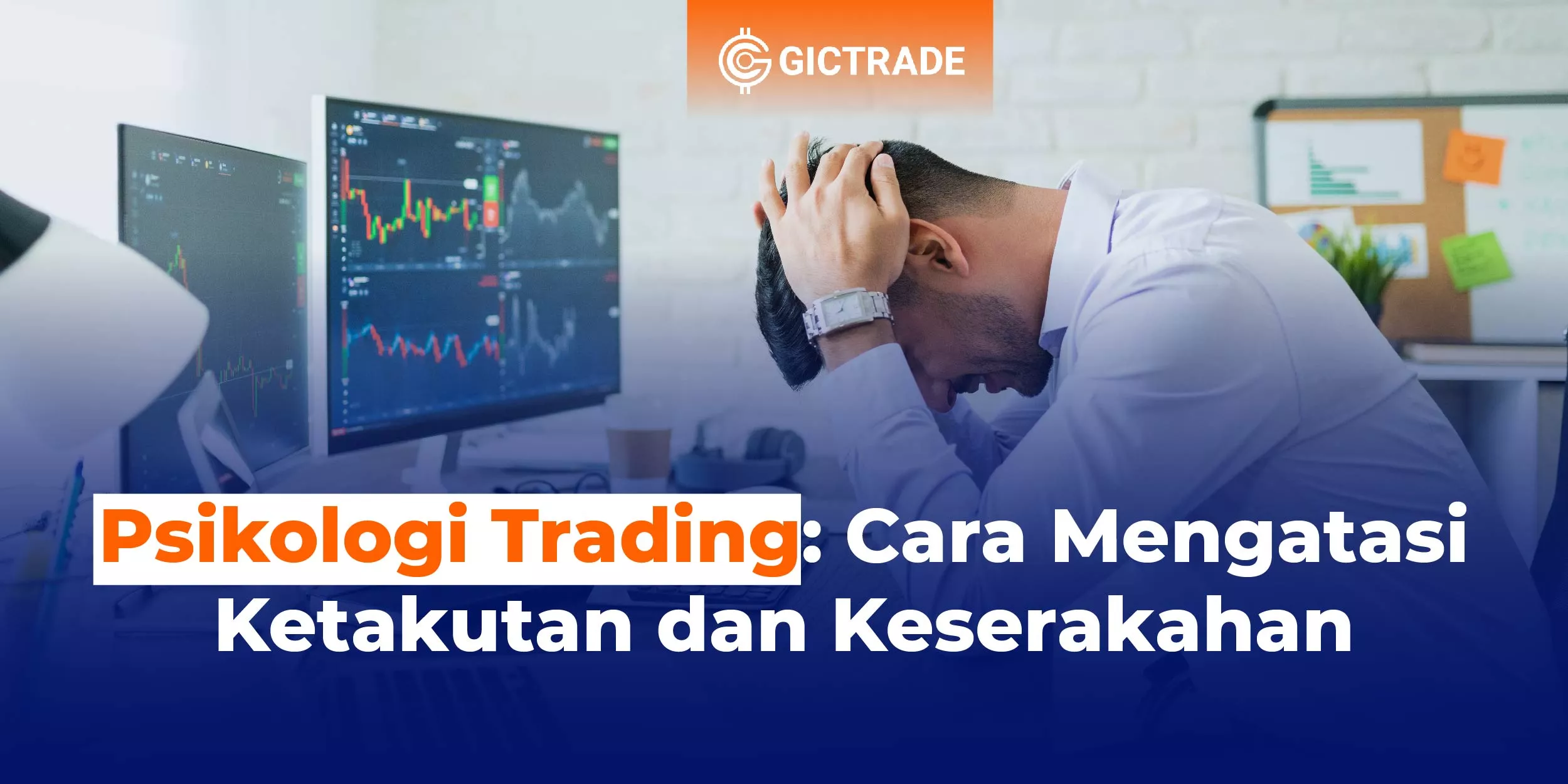Table of Contents
- Risk Management Strategies for Beginners in the Forex Market
- Understanding the Forex Market: Reducing Uncertainty
- Exploring Currency Market Dynamics
- Analyzing Economic News and Events
- Applying Technical and Fundamental Analysis
- Using Trading Platforms Wisely
- Getting the Right Education
- Position Size Management: Limit Your Losses
- Using Stop-Loss Orders: Automate Your Protection
- Diversification: Spread Your Risk
- Education and Research: Your Weapons
- Emotions and Discipline: Keep Control
- GIC Academy Products
- FAQs (Frequently Asked Questions)
- Conclusion
Risk Management Strategies for Beginners in the Forex Market
The forex market, or foreign exchange market, involves trading currencies from various countries around the world. For beginners, entering this market can feel daunting, but with the right understanding of how to manage risk, you can enhance your chances of success.

Understanding the Forex Market: Reducing Uncertainty
The forex market is a world full of opportunities and profit potential. However, along with this potential comes a level of uncertainty that needs to be managed. For beginners in the forex market, the most important first step is to understand the market itself. With a strong understanding of how the forex market operates, you can reduce uncertainty levels and make smarter trading decisions.
Exploring Currency Market Dynamics
To understand the forex market, you need to grasp the basic concepts of how currencies move and are traded. The forex market is where currencies from various countries are traded against one another. The values of these currencies rise and fall based on various factors such as economic conditions, monetary policies, and global events.
It’s essential to understand that currency movements are not always predictable. However, by understanding the factors that influence currencies, you can reduce uncertainty and make more informed predictions.
Analyzing Economic News and Events
Economic news and global events have a significant impact on currency movements in the forex market. Economic indicators such as unemployment rates, GDP growth, and interest rate policies can influence currency values. As a beginner, you should learn how to read and analyze economic news that could affect the forex market.
By understanding how news and economic events impact currencies, you can make smarter trading decisions. This also helps reduce the risk of taking the wrong position due to incomplete information.
Applying Technical and Fundamental Analysis
Technical and fundamental analysis are two main approaches to understanding and forecasting currency movements. Technical analysis involves understanding chart patterns, technical indicators, and market trends, while fundamental analysis involves understanding economic reports, monetary policies, and other factors that influence currencies.
Both complement each other and provide deeper insights into the forex market. By mastering both types of analysis, you can reduce uncertainty and make more informed decisions.
Using Trading Platforms Wisely
As a beginner in the forex market, it’s crucial to understand how to use trading platforms wisely. These platforms are your primary tools for viewing price movements, analyzing charts, and executing trades. Make sure you know how to execute trades, place stop-loss orders, and utilize the available analytical tools.
Having a strong understanding of trading platforms can help reduce the risk of mistakes that could lead to losses.
Getting the Right Education
The forex market is continuously changing and evolving. Therefore, ongoing education is key to reducing uncertainty. Invest time in reading books about forex trading, taking online courses, and attending seminars or webinars. The more knowledge you acquire, the better you can face uncertainties in the market.
Position Size Management: Limit Your Losses
One of the main principles of risk management is position size management. Never risk your entire capital on a single position. Instead, allocate only a small portion of your capital to each trade. This will help protect you from significant losses that could harm your trading account.
Using Stop-Loss Orders: Automate Your Protection
Stop-loss orders are a very useful tool for managing risk in the forex market. This is an order you place to automatically close a position if the price moves against you by a certain amount. By setting stop-loss orders, you can avoid larger losses due to sudden market movements.
Diversification: Spread Your Risk
In the forex market, diversification involves trading various currency pairs and applying different strategies. This helps you avoid becoming too reliant on one position or currency pair. Diversification can help reduce risks associated with specific market fluctuations.
Education and Research: Your Weapons
Knowledge is key to reducing risk in the forex market. Take the time to learn about technical and fundamental analysis, as well as stay updated on current economic news. Always be informed about the latest market information so you can make decisions based on solid facts and analysis.
Emotions and Discipline: Keep Control
Forex trading can be emotional, especially when facing losses. It’s important to stay calm and follow your trading plan. Don’t let emotions influence your decisions, as this can lead to costly mistakes.
Join GIC Trading Classes at GIC Academy and Achieve Your Dream of Becoming a Master Trader Now!
GIC offers services to help beginners in trading understand the world of trading comprehensively. This service is called GIC Academy. GIC Academy is a complete educational system in Indonesia that covers learning from start to finish, involving Professional Educators in the futures market. The services provided include:
- Digital educational platform via the GICTrade YouTube channel.
- Workshops with Professional Educators.
- Group educational classes via Telegram.
- VIP groups for daily analysis and signals.
Benefits you can gain include:
- Comprehensive solutions for learning forex trading from the basics.
- A variety of educational content.
- A range of Educator options.
- Class fees starting from Zero Rupiah.
GIC Academy Products
Classes for Beginners
For individuals who are just starting as traders, there is an option to access trading education through videos on the GIC YouTube channel at no cost. There, you will gain an understanding of the basic concepts in the world of trading. Additionally, you also have the opportunity to read educational articles intended for beginner class participants on the GIC website.
Advanced Classes
If you are a trader looking for more in-depth lessons and want to learn with the guidance of a mentor, you can try the services provided by GIC. These classes are held twice a week via Zoom Meeting. You can register and see the schedule through GIC's official Instagram account. Furthermore, supporting reading materials for traders in advanced classes can also be found on the GIC website.
Professional Classes
This class is an option for individuals who want to receive more intensive learning accompanied by a mentor. The approach is more practical, including conducting live trading exercises with deposits. If you are interested in registering, you can contact the Admin via the link provided in the Bio of Instagram (@GICTrade). Similar to the beginner and advanced classes, supporting reading materials for professional class learning are also available on the GIC website.
FAQs (Frequently Asked Questions)
Q: How can I ensure my risk is controlled in forex trading?
A: You can control your risk by following risk management principles, such as using stop-loss orders, diversification, and position size management.
Q: Is forex trading suitable for beginners?
A: Yes, forex trading is suitable for beginners who want to invest with controlled risks. It is important to understand the basic concepts and develop good strategies before starting.
Q: What percentage of my capital should I allocate to each trade?
A: As a general rule, you should allocate no more than 2-3% of your capital to each trade. This helps protect you from significant losses.
Q: What is a stop-loss and how do I use it?
A: A stop-loss is an order to automatically close a position if the price moves against you by a certain amount. You can set the stop-loss level according to your risk tolerance.
Q: Do I need to learn technical and fundamental analysis?
A: Yes, learning technical and fundamental analysis is important for making informed trading decisions. It helps you understand market trends and the factors that influence currency movements.
Q: How can I control my emotions when experiencing losses?
A: Maintain discipline and stick to your trading plan. Take time to reflect before making emotional decisions and consider your long-term goals.
Conclusion
In the dynamic forex market, managing risk is key to successful trading sustainability. By understanding concepts like position size management, stop-loss orders, diversification, and strong education, you can protect your investments and optimize profit opportunities. Always remember that patience, knowledge, and discipline are crucial aspects of your forex trading journey.
| Also Read: 7 Steps to Success in Forex Trading |
 Last:
Last: 






